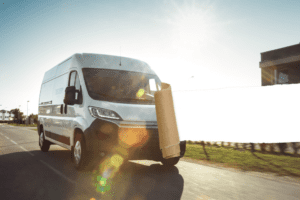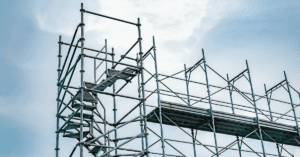Why insurers are rethinking coverage for older machinery

Aging machinery and equipment are historically slow to get replaced. Add supply chain disruptions into the mix, and businesses with equipment breakdown coverage could be waiting longer for replacement parts or products, said Doug Laurin, director of national energy and equipment breakdown at Intact.
“Some large companies have transformers or generators they might have installed 30, sometimes 40, years ago,” he said. “They’re still working fine, so there’s no reason for the company to replace them. At the same time, it becomes a bit tricky to try to underwrite, because…it’s hit its life expectancy.
“In the types of industries in which we underwrite, it was always a bit of a slow process to get a large piece of equipment [back up and running]. But it’s even more so now with the whole supply chain [disruption].”
Often, equipment breaking down isn’t the major issue. Rather, it’s the sudden loss of income occurring when the equipment needs replacing.
“Depending on the size or the type of equipment, you could be talking a year to get that back up and running,” said Laurin. “That’s 12 months of lost profits.”
Sometimes the equipment is so specialized, it might only be built outside Canada. If it’s a custom piece of equipment, that may require additional time to send the specs to international engineers and designers and get a replacement unit rebuilt from scratch.
The return from COVID-19 shutdowns also may have compounded the likelihood of equipment breakdowns.
“A lot of mining companies, for example, stopped [or] mothballed their operations,” added Laurin. “One of our biggest concerns with COVID was, if all these places just shut down [operations as a] whole, and [then] they just decided to turn it back on again in a year-and-a-half or two years, you’re definitely looking at a high likelihood of a breakdown.”
Another emerging trend in equipment breakdown is renewable energy, such as wind farms, battery storage and solar panels.
“There’s just so many new renewable projects emerging — it’s really critical for our engineers to work with clients and see that they’re installing equipment properly, where they’re installing it, and how to maintain it,” said Laurin.
There’s also ample uptake in coverage for non-renewable energy and the market is not at the point of being uninsurable or hard to insure.
“As more focus [turns towards] renewable technologies, we really have to be careful of [whether clients] are still maintaining and supplying parts for the other technologies that are still out there,” he added. “Renewable is still a long way off from really getting to where they want to be, but it is something that we’re constantly monitoring.”
This story is excerpted from one that appeared in the August-September issue of Canadian Underwriter. Feature image by iStock.com/naumoid




